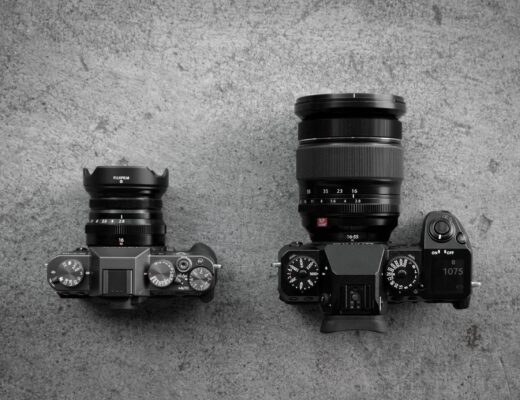Correctly exposing your images is a recipe for optimal image quality and it will help you make the most out of your camera. In this series, we take a comprehensive look at features, tools, functions and methods that can assist you on the way.
Exposure is the amount of light (photons) that is captured when you take a photograph. Capturing more light equals less noise equals better image quality. Hence, if we strive for the best possible image quality, our goal must be to capture as much light as possible. We can achieve this by opening the aperture or by using a slower shutter speed. We cannot achieve it by increasing the ISO setting.
Raising the exposure bears the risk of overexposing your image. Overexposure means that important parts of your image are either blown out or display unwanted colour shifts that cannot be easily recovered. In any case, it is you, the photographer, who determines what is and what isn’t an important part or critical area of your image. Feel free to blow unimportant highlights that you do not care about. It’s your photograph and your decision.
Sadly, your camera cannot decide for you because it cannot read your mind (yet). Hence, determining the optimal exposure of an image is the photographer’s job. Uncorrected auto exposure (AE) is rarely perfect. You may have noticed the prominent position of the exposure compensation dial on classic X cameras. That’s because you are supposed to use it often.
This is an excerpt from an article by Rico Pfirstinger in issue 95 of FUJILOVE MAGAZINE (February 2024).
You will find the remaining part of this article in FUJILOVE MAGAZINE.
Join thousands of Fujifilm X and GFX photographers from around the globe to get access to all available and upcoming monthly editions of FUJILOVE MAGAZINE. START HERE >>>



















